Leading journalists provide a roadmap to more diversity in the newsroom, reflect on progress at scholarship event
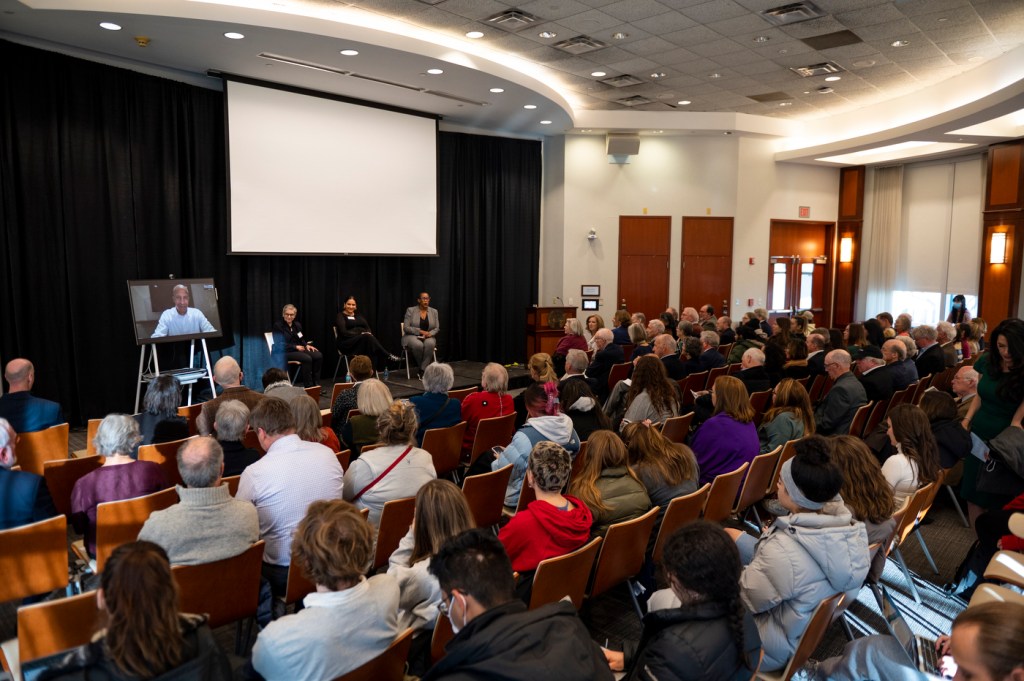
Criticism of the news media, particularly of the “mainstream” media, has taken every form in recent years—from those thoughtfully penned in the opinion sections of major newspapers, to the outright hostile comments borne of an increasing distrust of news. Among the former category are the good-faith efforts newsrooms are undertaking to address the lack of diversity that’s plagued the profession for years.
Reporters who’ve gone on to lead some of those major newspapers gathered at Northeastern last week to shed light on the progress that’s been made, as well as help provide a roadmap to better representation and coverage of communities that have been historically marginalized.
The panel discussion, which focused on the “changing face of race and gender in the newsroom,” was part of an event celebrating the creation of the Tom Winship Journalism Scholarship meant to honor the renowned Boston Globe editor and his legacy. The College of Arts, Media and Design hosted the talk, and Meredith Clark, director of the Center for Communication, Media Innovation and Social Change, moderated it.
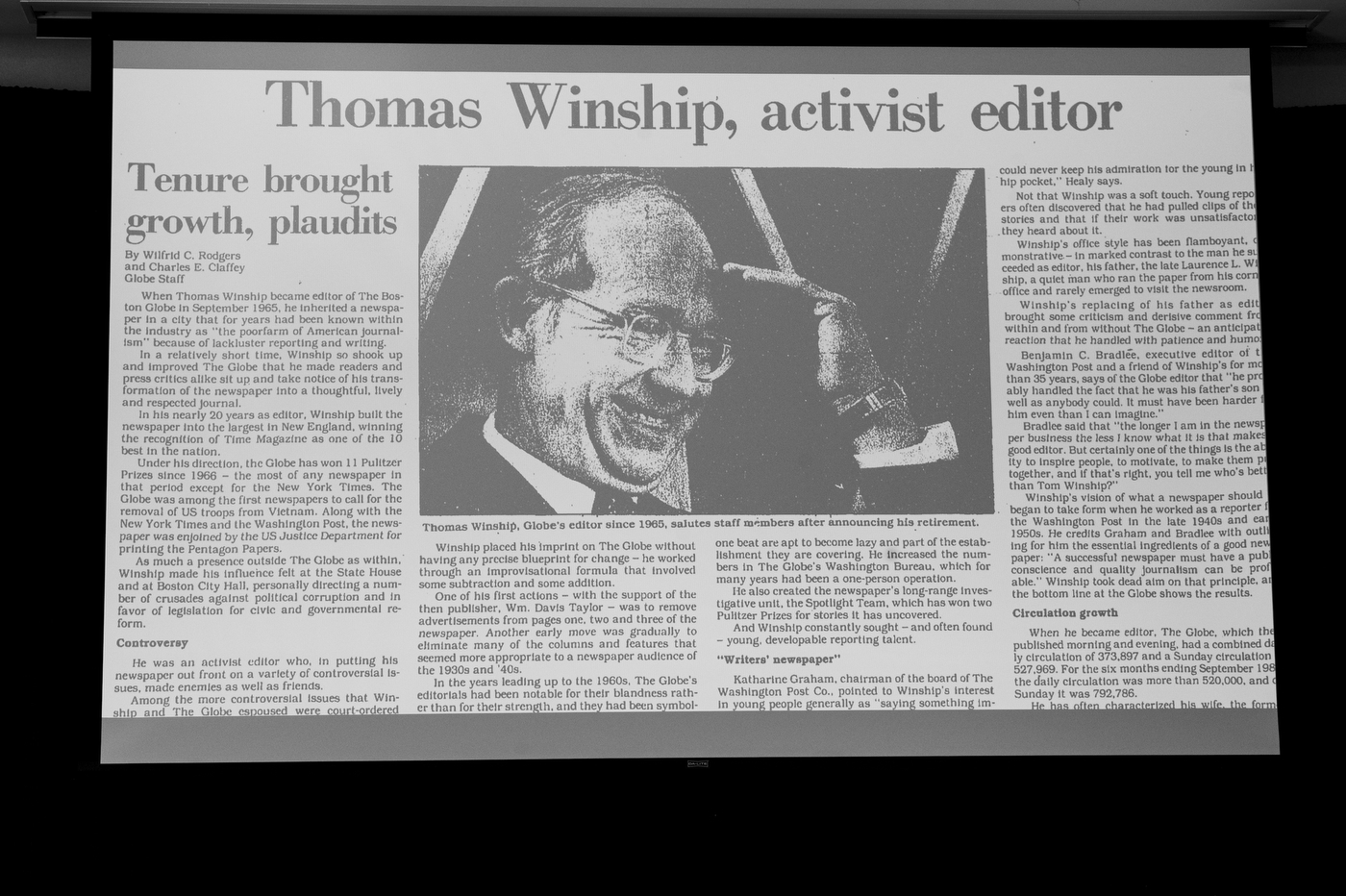
Clark, who has consulted newsrooms across the country on questions of diversity, structural racism, and sexism, said the Winship scholarship will help generate opportunities for students who, without the funding, may not be able to pursue journalism.
“I did not have the privilege of reading the Globe under Winship’s leadership, but when I thought about legacy and what it meant to leave a legacy, I think this scholarship fund—and his work—personifies that,” Clark said. “I think of a legacy in terms of the positive impact that someone can have on another person, who they might not ever meet.”
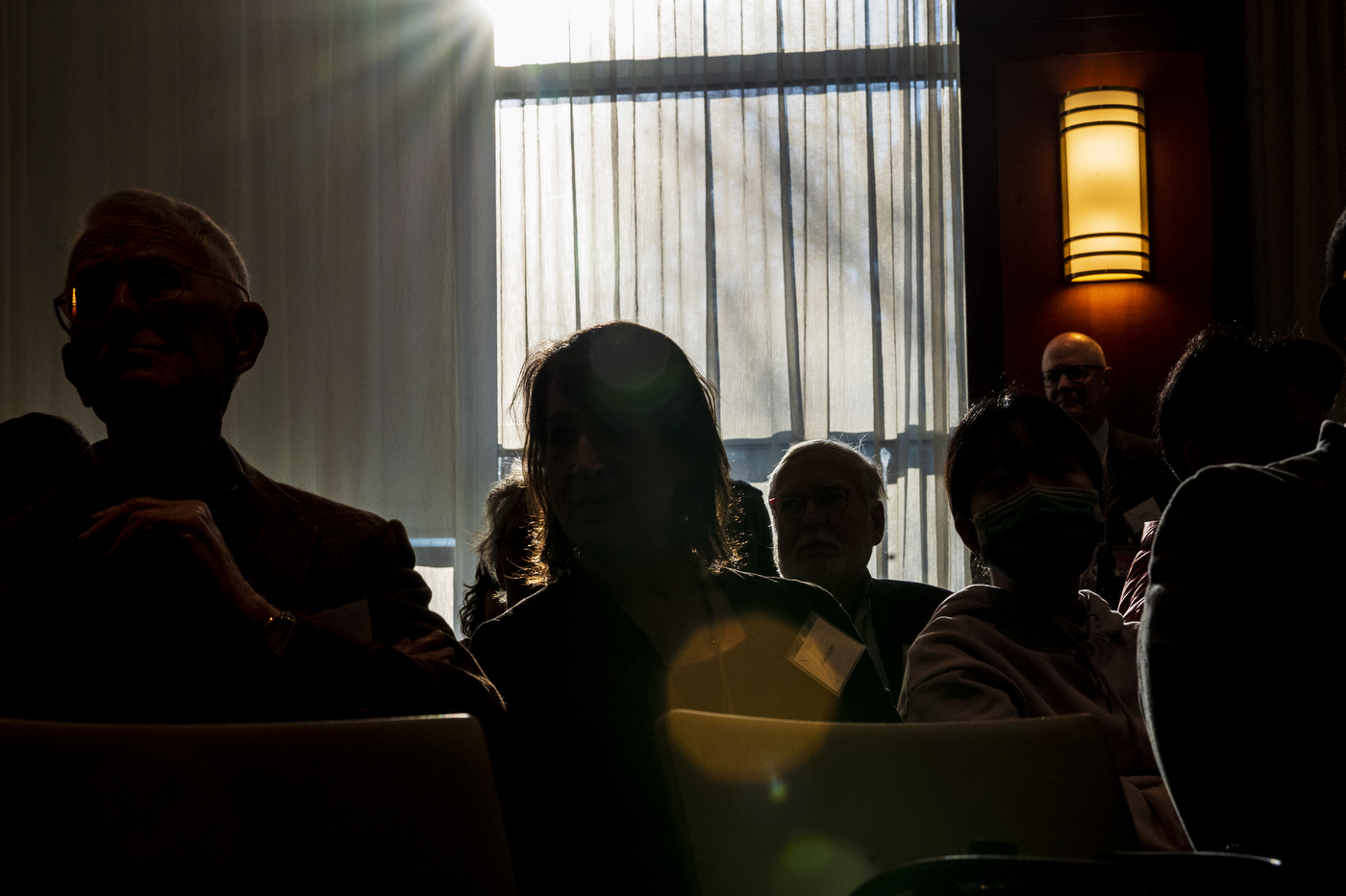
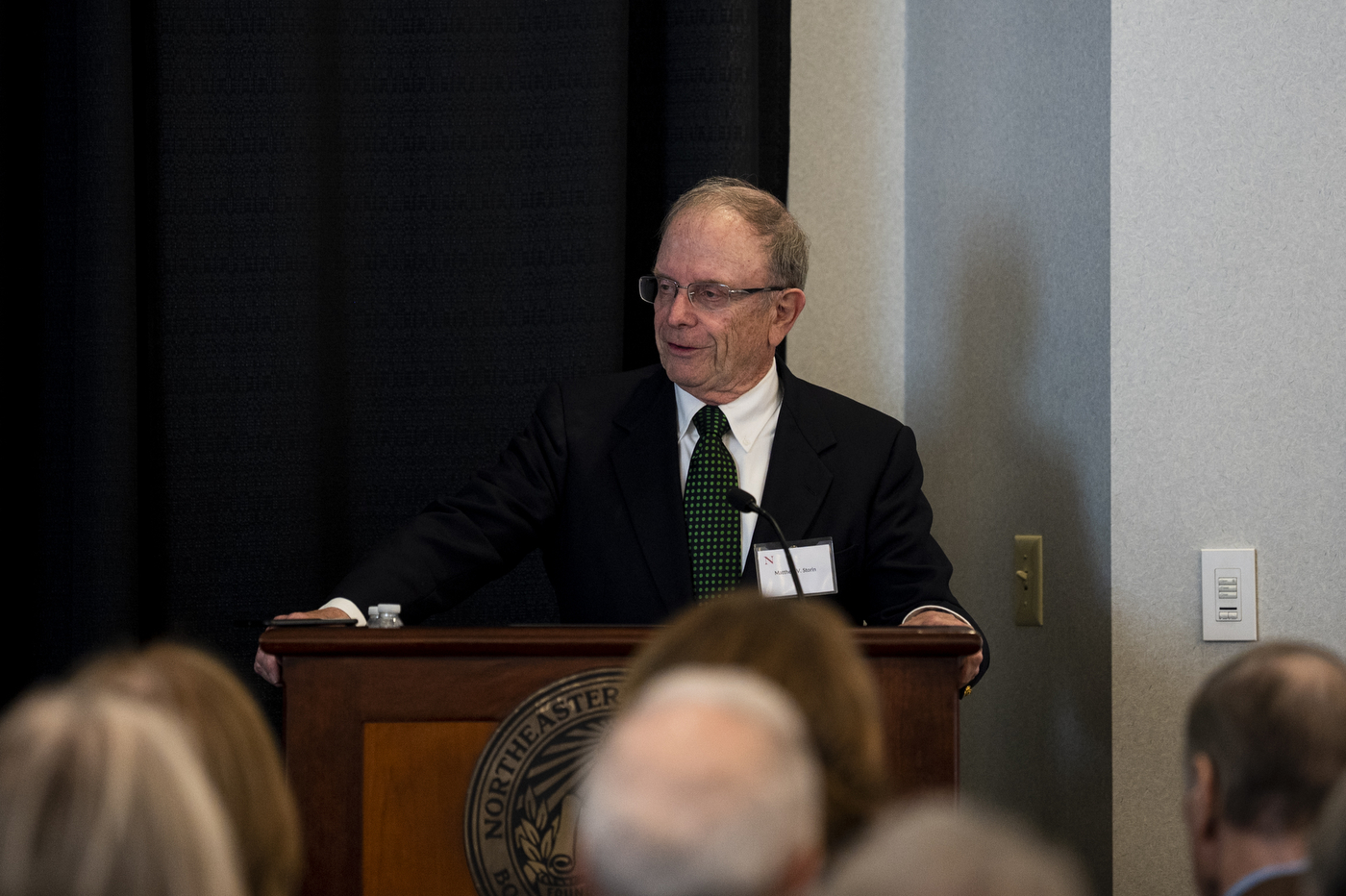
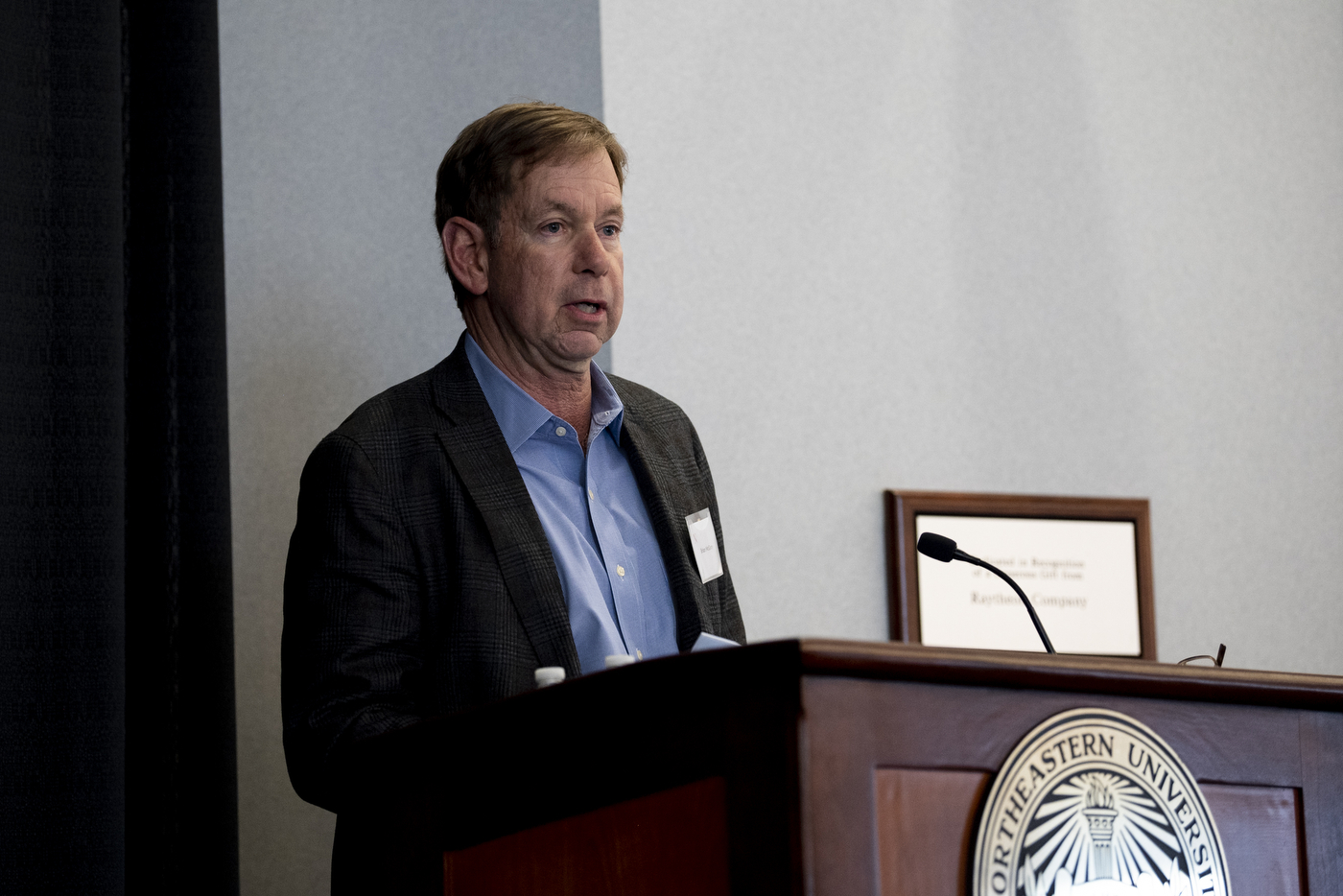

The roundtable-style conversation that followed brought together leading voices from Vox and the Boston Globe, among other prominent publications. John Simons, executive editor of Time magazine, said a year after he graduated from Northeastern University, he was hired as a reporter at U.S. News & World Report, then the third largest weekly behind Newsweek and Time.
A young reporter at the time (in 1993), Simons, who is Black, quickly confronted an industry reality: Newsrooms, and the stories reporters told, were controlled mostly by white men.
“When did I notice there was a diversity problem? You know—on my first day,” Simons said. “It was very clear, and management gave sort of lip service to getting more diversity … but they really weren’t doing anything to get out there and discover new voices, new writers, and I don’t think they were really open to inviting in new voices.”
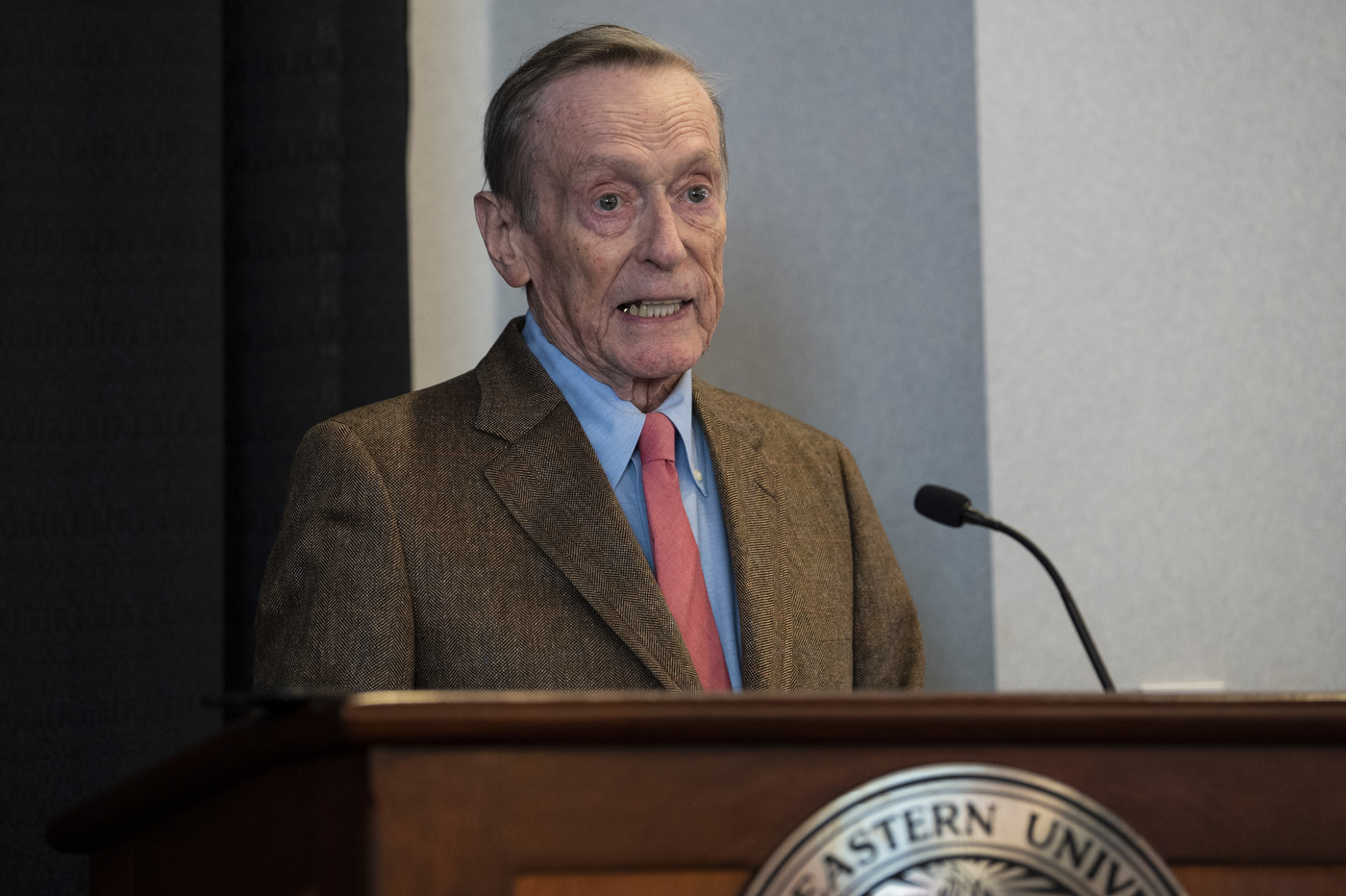
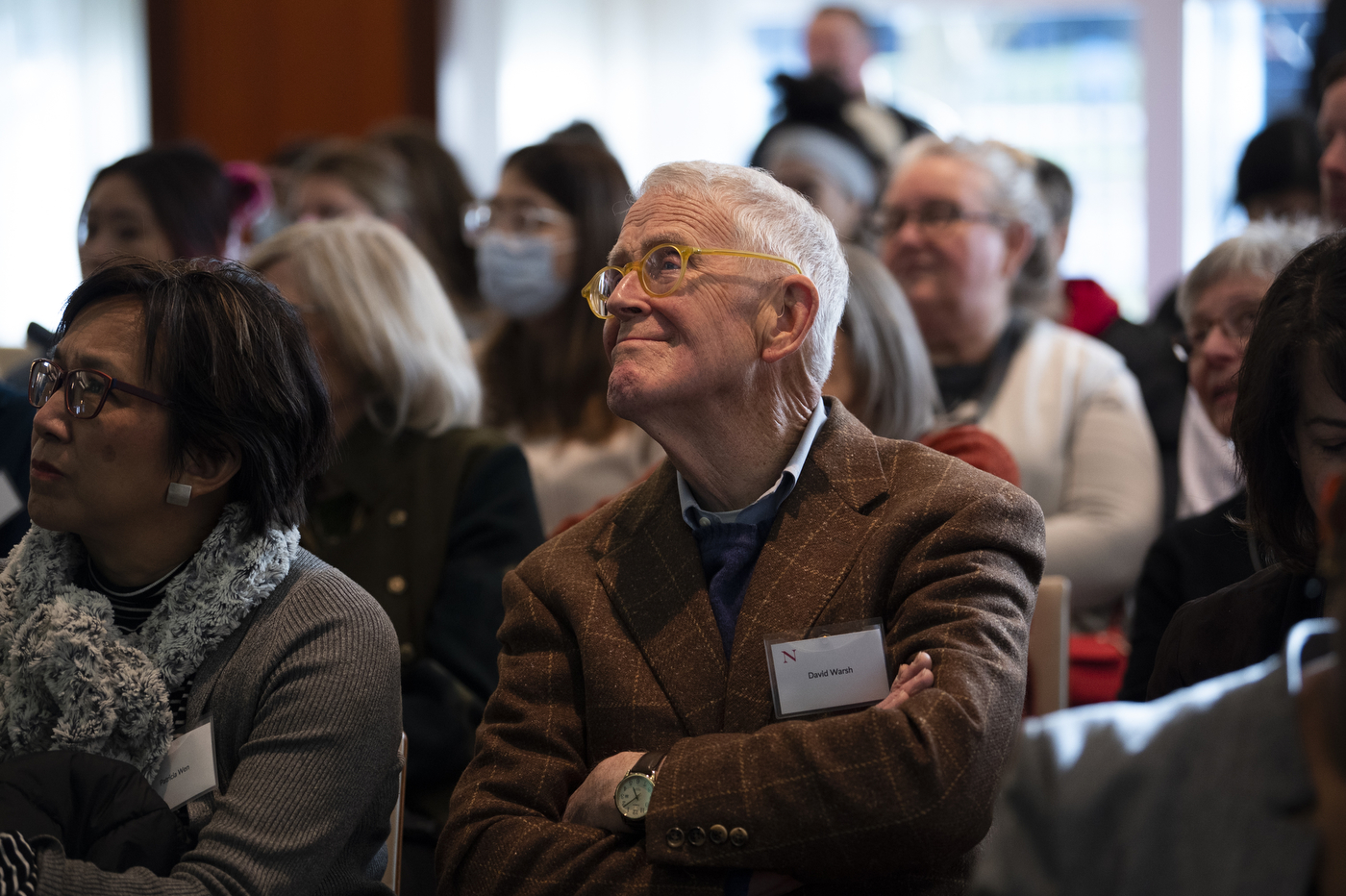
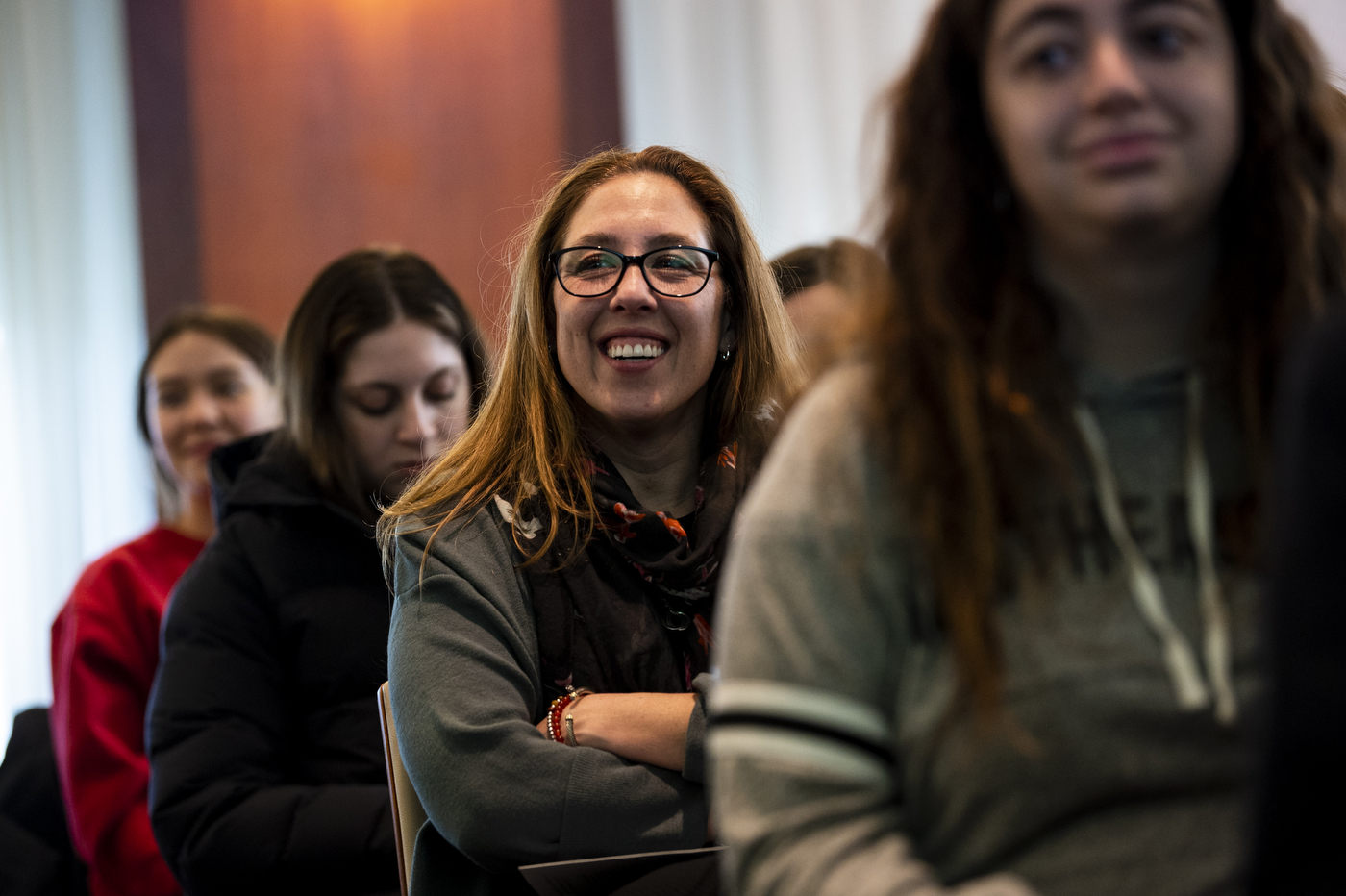
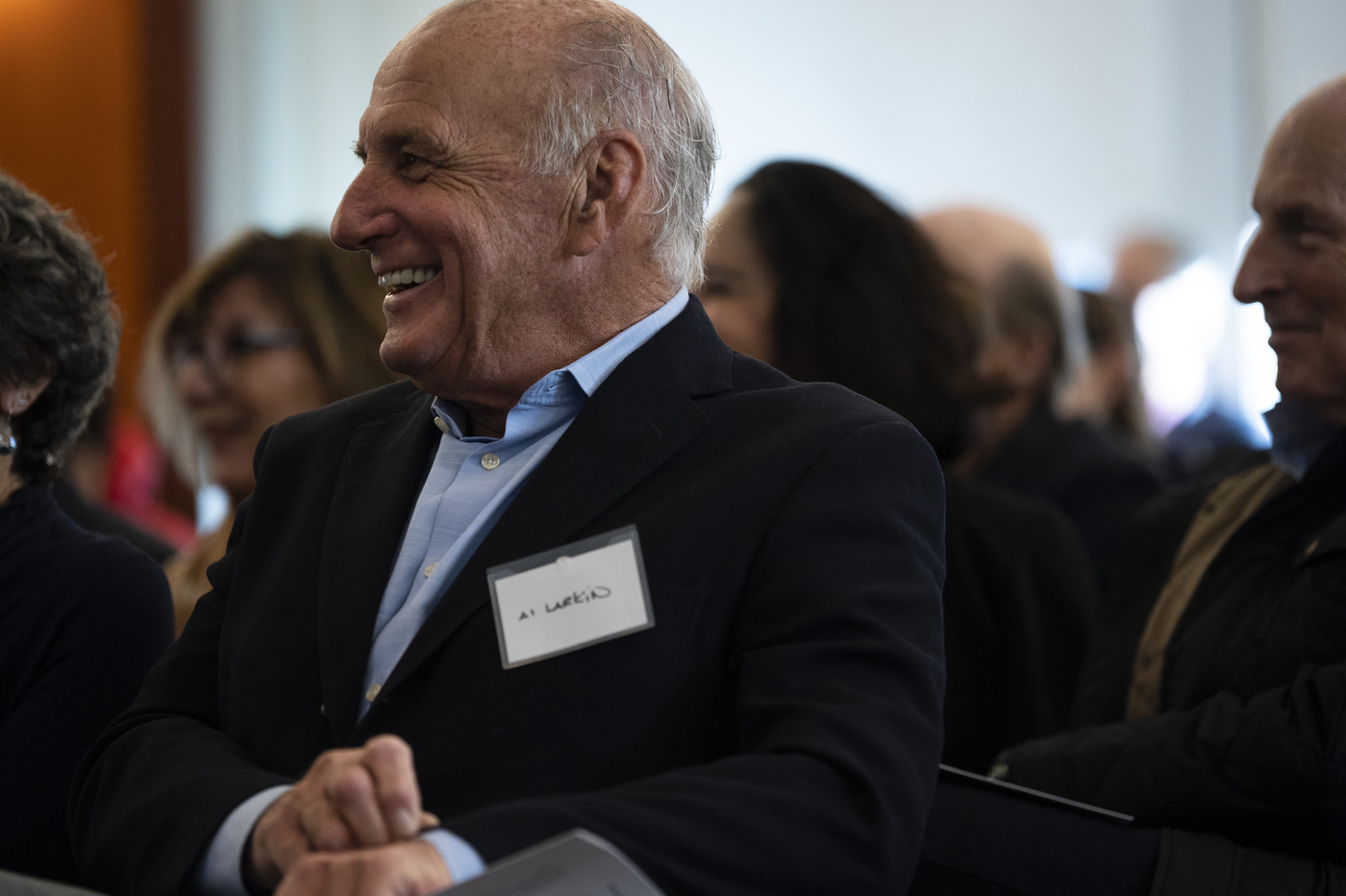
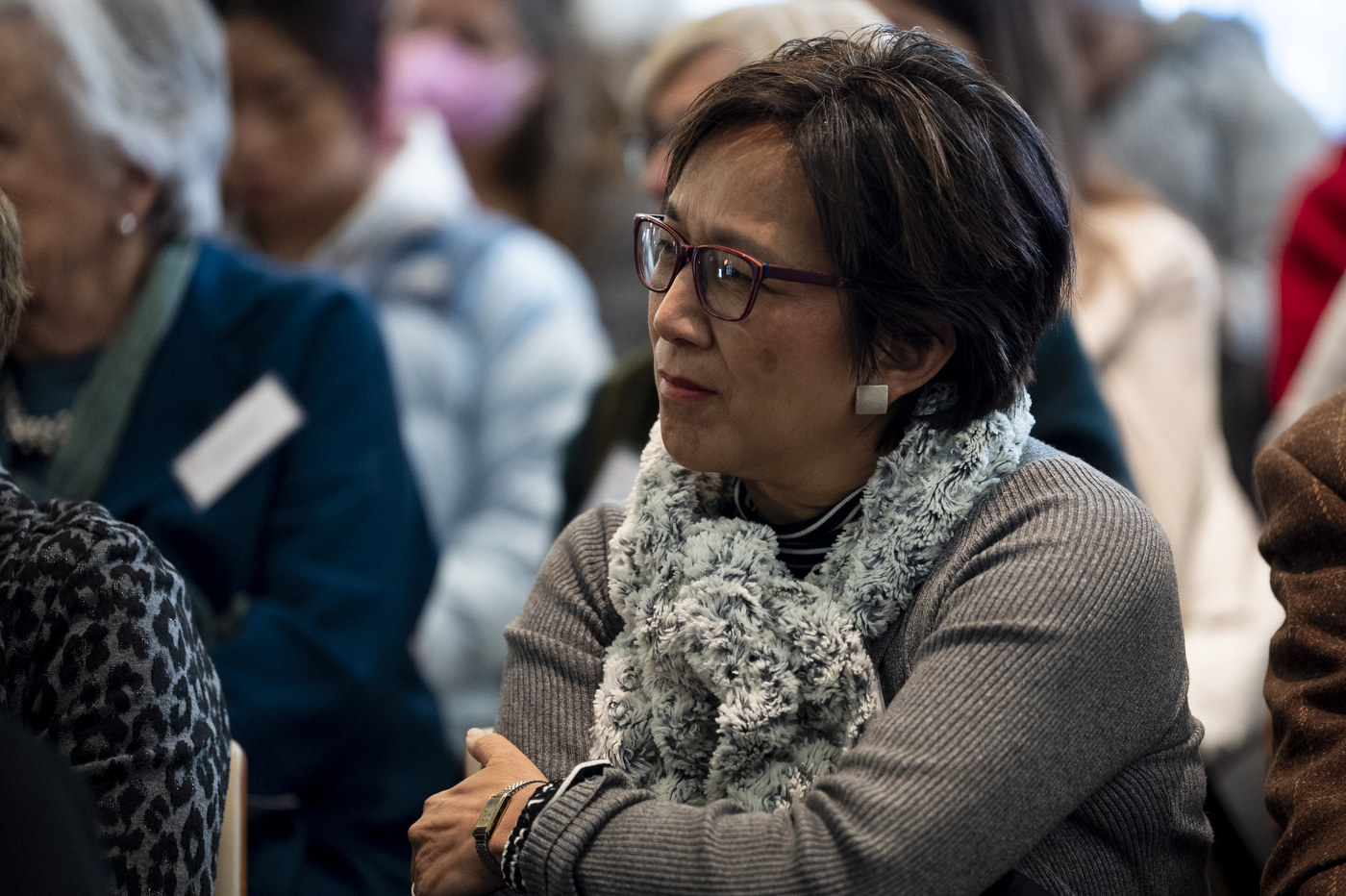
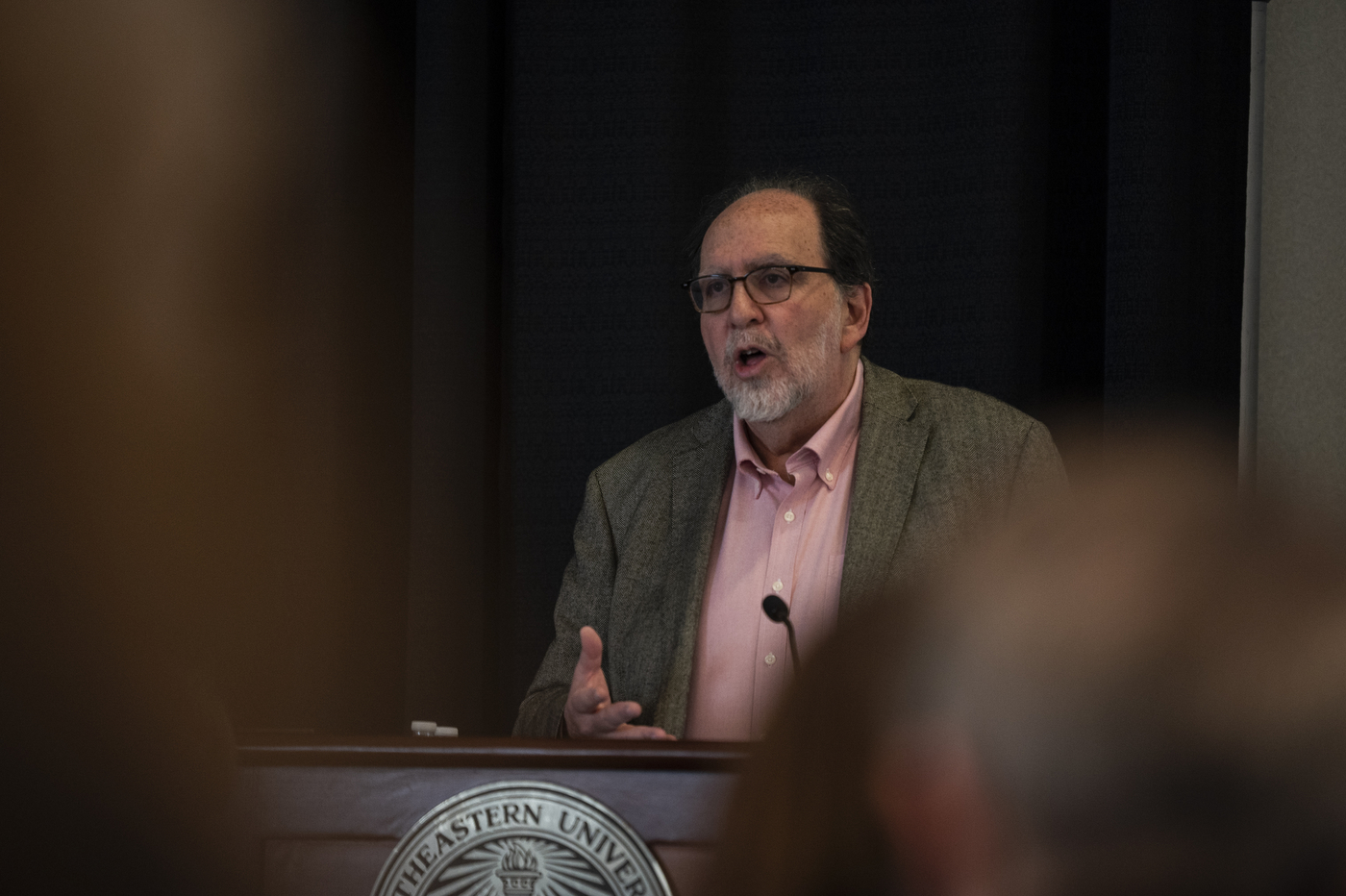
The push for better representation—both gender and racial—in news has accelerated in recent years, and in tandem with movements such as Black Lives Matter and #MeToo. It’s important and long-overdue work, the panelists emphasized, if newsrooms are to build trust with their audiences at a time when overall trust in the news media is declining.
Research and polling have taken aim at the problem as well. In 2016, a Pew Research Center poll found that those who work in newsrooms are more likely to be white and male than U.S. workers overall—although younger reporters showed more “racial, ethnic, and gender diversity” than their older generations.
The newsroom diversity survey, conducted by the News Leaders Association in 2019, reported that 30.9% of salaried workers at online-only publications were people of color, compared to roughly 22% among so-called legacy newsrooms, which also have a print product, Clark, who leads the survey research, said.
Simons said he thinks that disparity is directly linked to digital publications’ ability to “immediately have numbers that show that when you have a diverse staff, and your coverage is diverse, you draw in readers.”
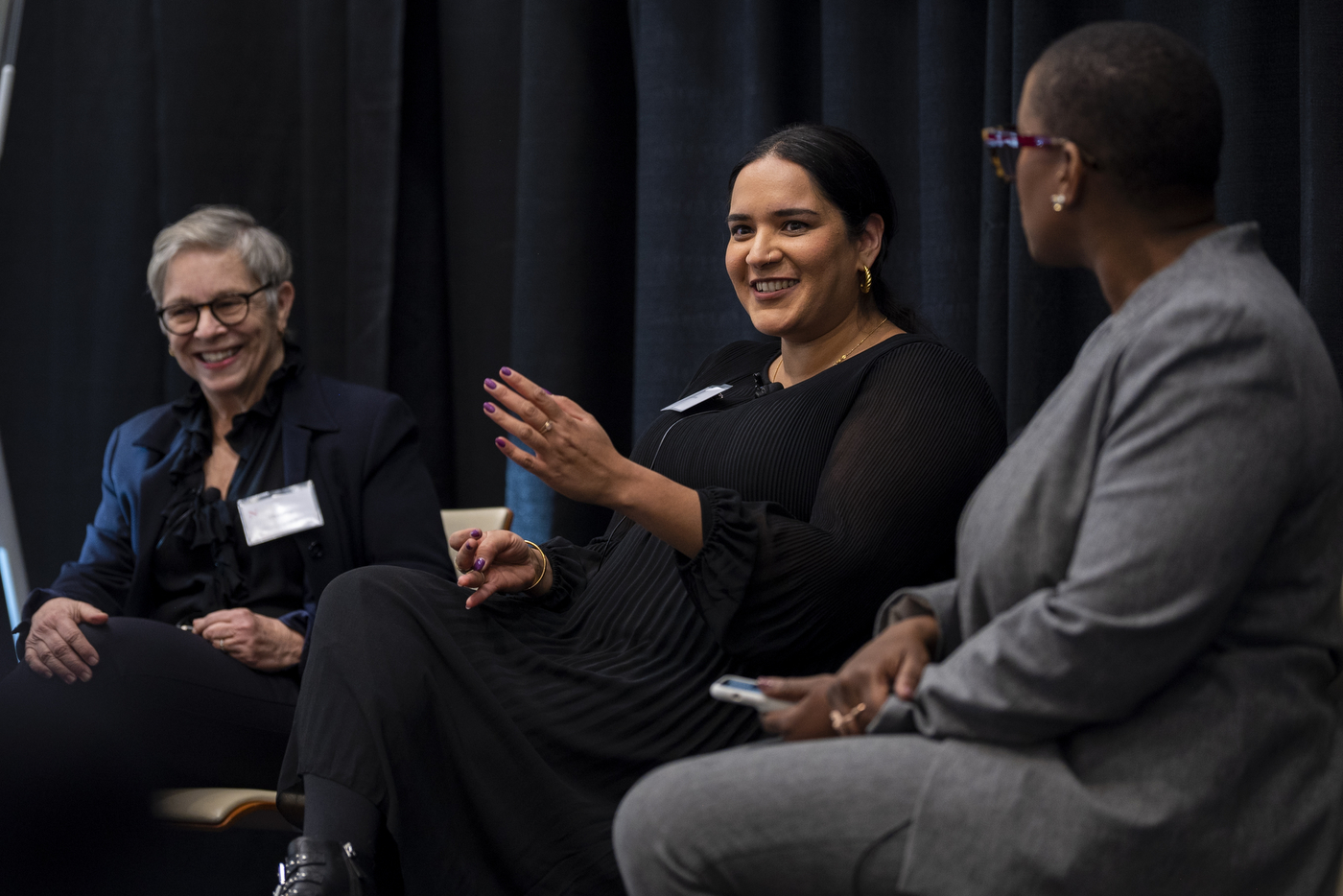
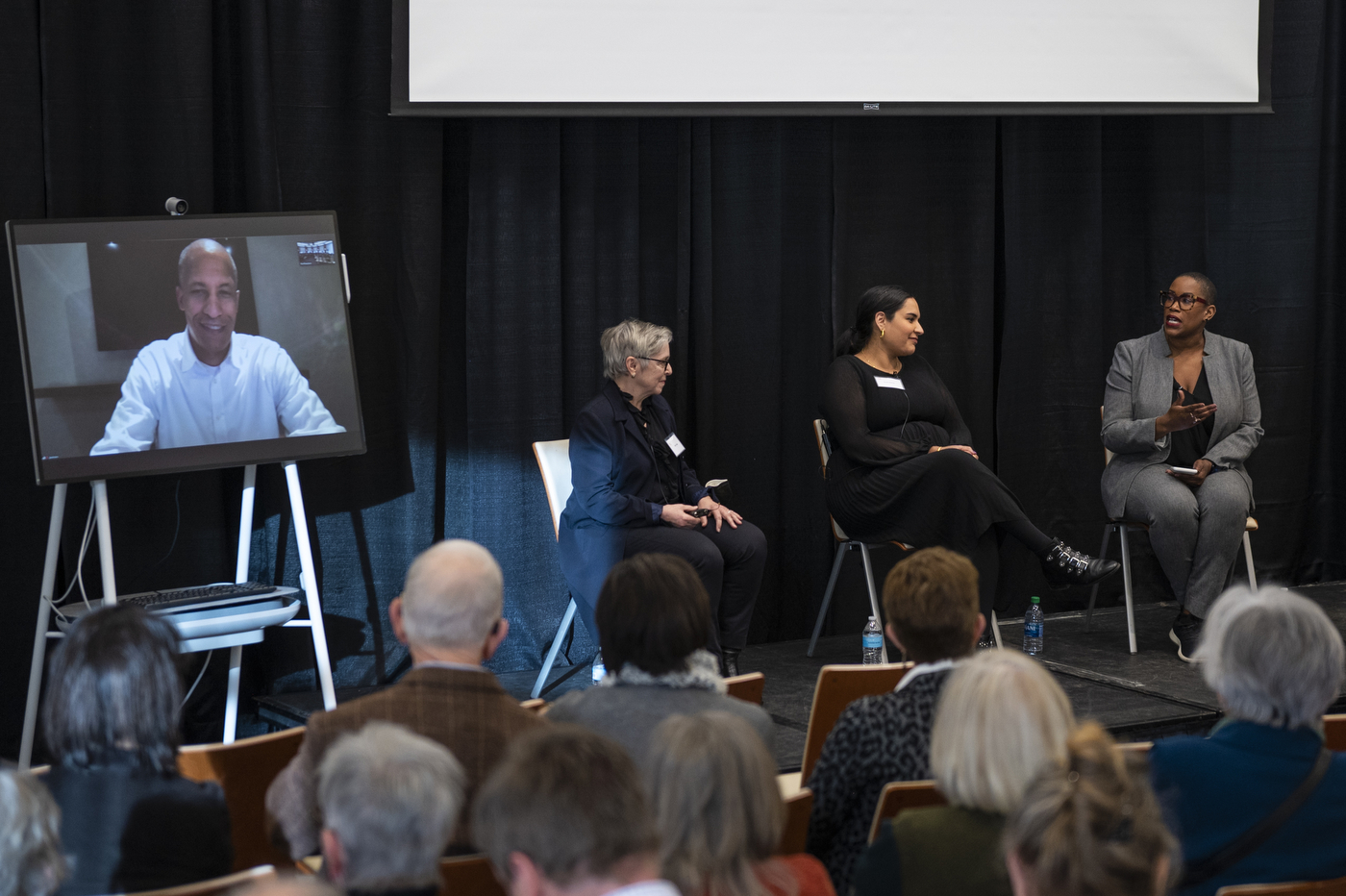
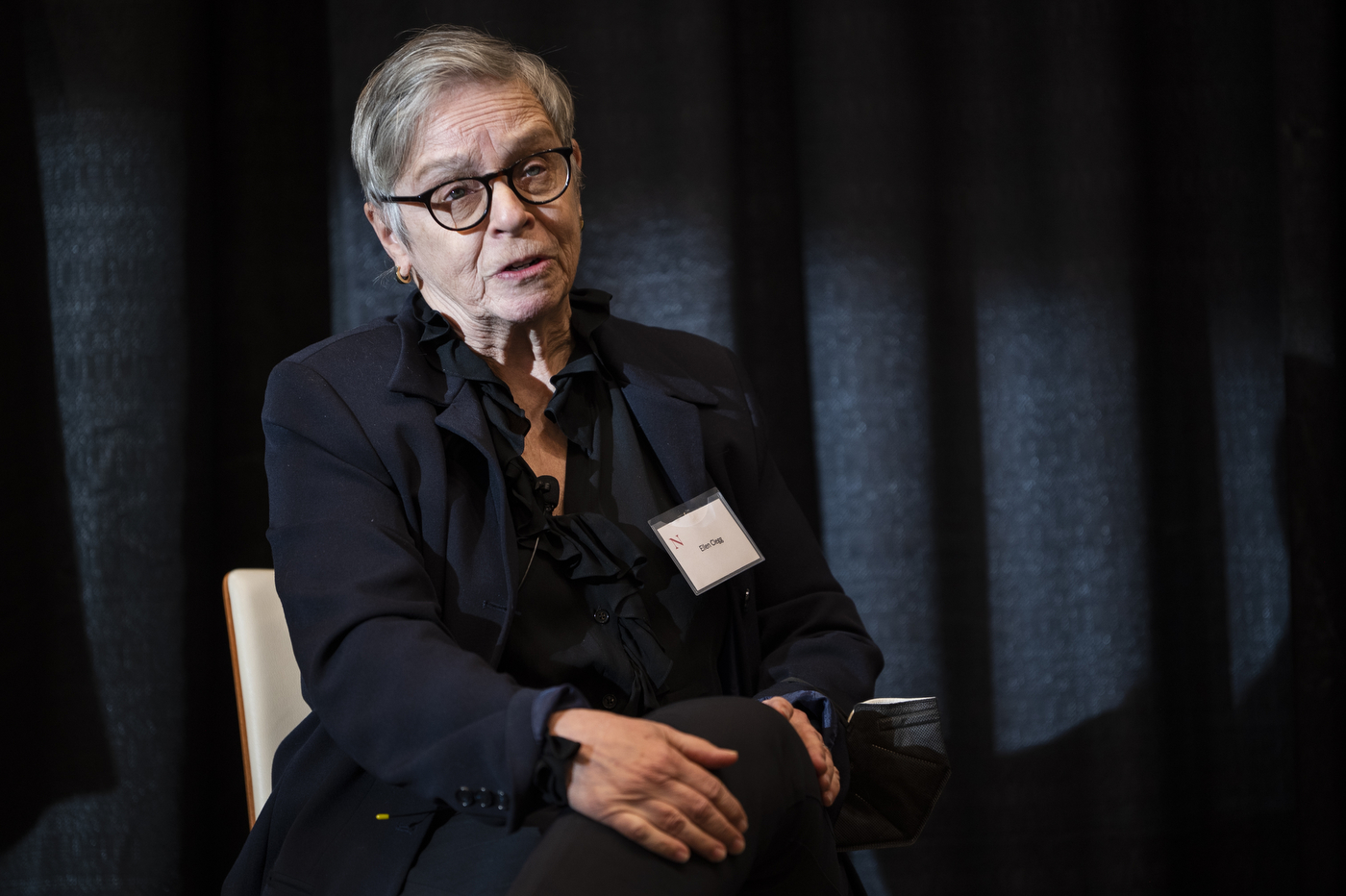
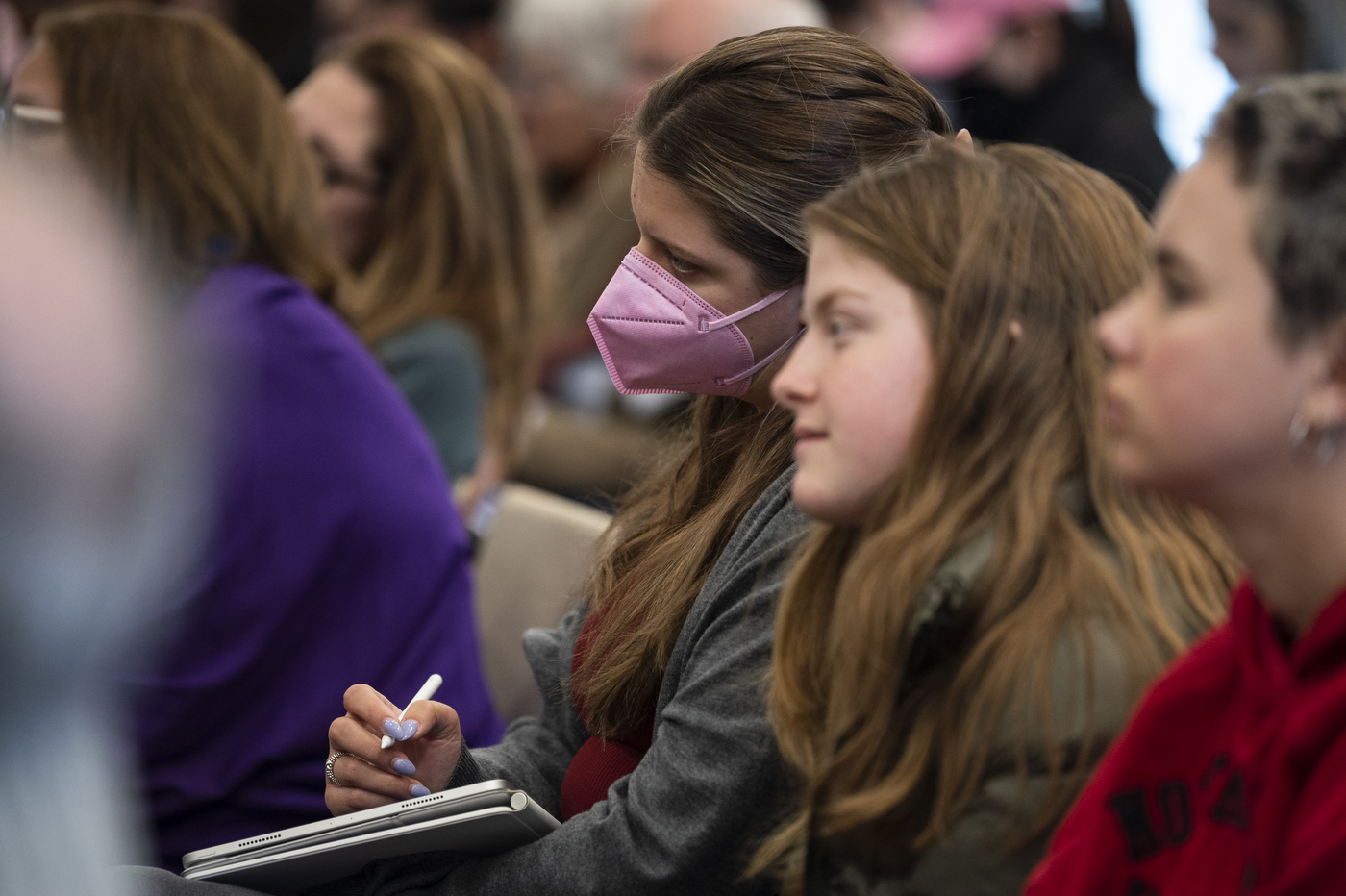
“Legacy publications never had” that kind of insight, he said. “They just had to guess. Editors would have to use their gut instincts about what stories their readers wanted to read—and so have had problems drawing in new readers for a really long time because of that; because the country is diversifying and the coverage in major magazines and newspapers was not reflective of that.”
Swati Sharma, editor-in-chief of Vox, said that publications like the one she helms make a concerted effort to target diverse audiences, adding that digitalization strategies employed by some legacy newsrooms, such as paywalling specific content, are still creating barriers.
“At Vox—and at a lot of digital organizations—the key is to reach a diverse audience,” she said. “And we’re failing when we’re not meeting that goal. We’re not there yet, but we’re still at it.”
Attending to calls for more diversity in news is important; but equally so is the need for investigative and traditional accountability reporting aimed at highlighting the social inequities that persist, says Ellen Clegg, Northeastern faculty affiliate and former editorial page editor at the Boston Globe.
“Investigative journalism, speaking truth to power, is also key,” Clegg said.
As in other industries, newsrooms have tried to add diverse voices by “systematizing the hiring process” to ensure that prospective interviewees are from underrepresented and minority communities, Simons said.
“Then once you do hire, you have to make sure that you work on ways to retain those people,” he said.
For media inquiries, please contact media@northeastern.edu.






